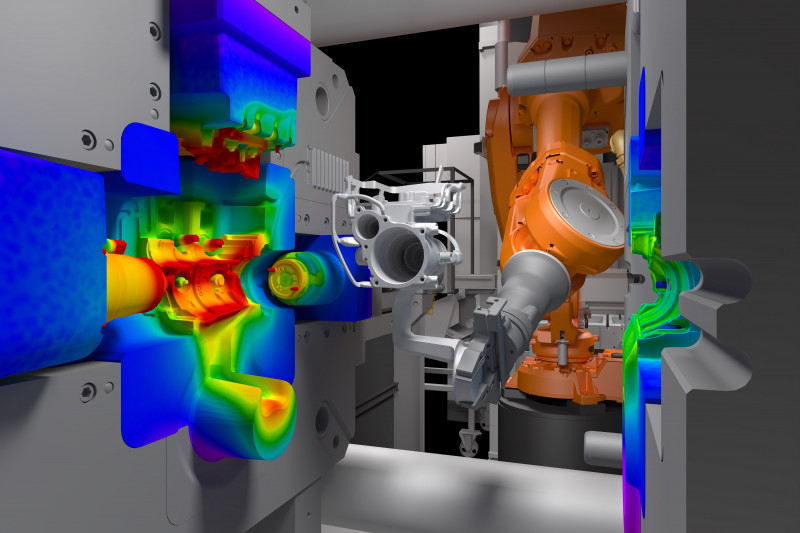Machining large parts is a complex process that requires careful planning, advanced equipment, and skilled operators. In this article, we will discuss the techniques and best practices for machining large parts, including the types of equipment and tools required, the importance of precision and accuracy, and the challenges that must be overcome.
Types of Equipment and Tools
Machining large parts requires specialized equipment that can handle the size and weight of the workpiece. This includes large CNC machines, such as vertical and horizontal machining centers, that can handle workpieces weighing up to several tons. These machines are capable of milling, drilling, and tapping operations, as well as other machining processes.
In addition to CNC machines, large parts may also require specialized tooling, such as custom-designed cutters or drills. These tools must be designed to handle the specific requirements of the workpiece, including its size, material, and geometry.
Precision and Accuracy
When machining large parts, precision and accuracy are critical factors that must be carefully controlled. Even small errors in machining can have a significant impact on the final product, leading to scrap, rework, or even failure of the part.
To achieve the necessary precision and accuracy, operators must have a thorough understanding of the machining process and the equipment being used. This includes knowledge of cutting speeds, feeds, and tool geometry, as well as an understanding of the specific requirements of the workpiece.
Challenges and Best Practices
Machining large parts presents a number of challenges that must be overcome in order to achieve a successful outcome. These challenges include:
1. Fixturing: Workholding large parts can be difficult, as traditional clamping methods may not be sufficient to hold the part securely. Custom fixtures may be required to ensure the workpiece is held in the correct orientation and position for machining.
2. Tooling: As mentioned previously, large parts may require specialized tooling in order to achieve the necessary precision and accuracy. These tools must be carefully designed and tested to ensure they can handle the specific requirements of the workpiece.
3. Material Removal: Machining large parts can be a time-consuming process, as a significant amount of material must be removed in order to achieve the final product. Operators must carefully manage cutting speeds and feeds in order to optimize material removal rates while maintaining precision and accuracy.

To overcome these challenges, it is important to follow best practices for machining large parts, including:
1. Proper planning: Before beginning any machining operation, it is important to have a detailed plan in place that includes the specific requirements of the workpiece, the equipment and tooling required, and the machining process to be used.
2. Skilled Operators: Machining large parts requires skilled operators who have a thorough understanding of the equipment and process being used, as well as a keen eye for detail and a commitment to precision and accuracy.
3. Quality Control: Throughout the machining process, it is important to continually monitor the workpiece and adjust the process as needed to ensure the final product meets the required specifications.
Conclusion
Machining large parts is a challenging process that requires specialized equipment, skilled operators, and careful planning. By following best practices for machining large parts, including proper planning, skilled operators, and quality control, it is possible to achieve the necessary precision and accuracy to produce high-quality parts with a minimum of scrap and rework.
-

- Customized foundry products high precision die-casting parts for e-bike integrated frame
-

- Детали и компоненты велосипеда из магниевого сплава для детского велосипеда-толкателя
-

- Magnesium thixomolding parts UAV housing
-

- Magnesium alloy die casting auto parts transfer case
-

- Части магниевого литья Рулевая колонка
-

- Magnesium alloy die-casting rigid fork for bike

 0086-750-5616188
0086-750-5616188 +86 13392089688
+86 13392089688 sales@zhongmei-tech.com
sales@zhongmei-tech.com







